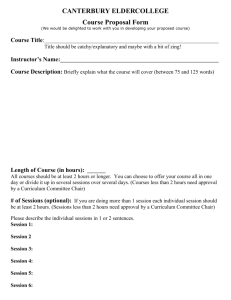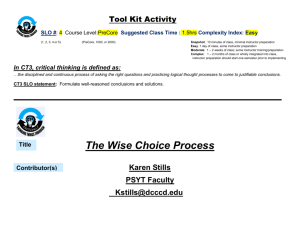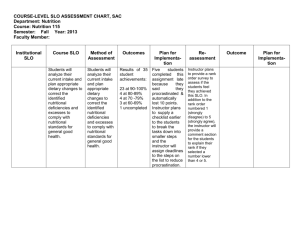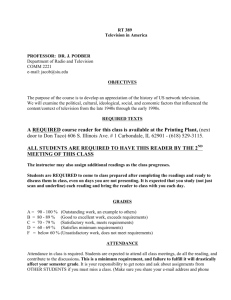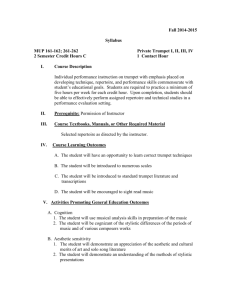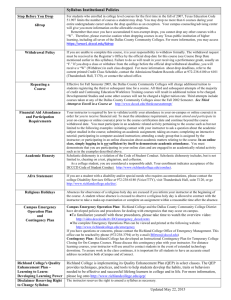Word - El Centro College
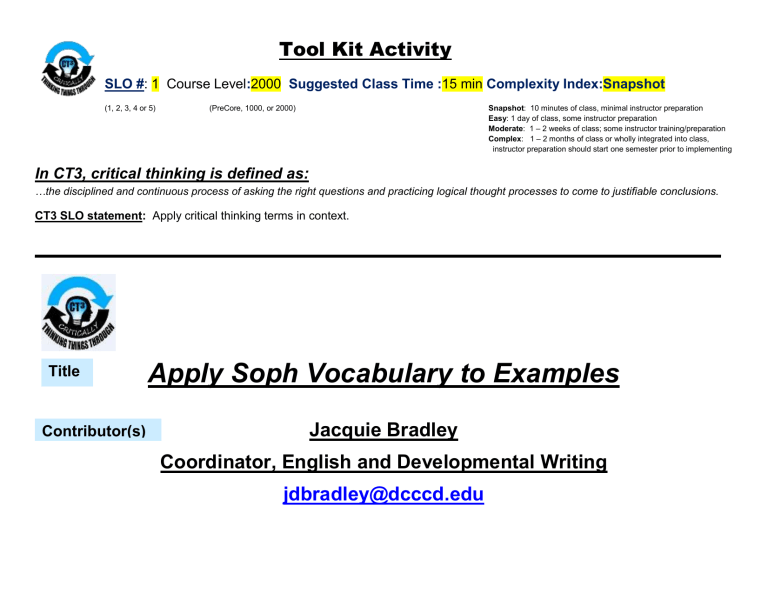
Tool Kit Activity
SLO # : 1 Course Level : 2000 Suggested Class Time : 15 min Complexity Index:Snapshot
(1, 2, 3, 4 or 5) (PreCore, 1000, or 2000) Snapshot : 10 minutes of class, minimal instructor preparation
Easy : 1 day of class, some instructor preparation
Moderate : 1
– 2 weeks of class; some instructor training/preparation
Complex : 1 – 2 months of class or wholly integrated into class,
instructor preparation should start one semester prior to implementing
In CT3, critical thinking is defined as:
…the disciplined and continuous process of asking the right questions and practicing logical thought processes to come to justifiable conclusions.
CT3 SLO statement: Apply critical thinking terms in context.
Title
Apply Soph Vocabulary to Examples
Contributor(s)
Jacquie Bradley
Coordinator, English and Developmental Writing jdbradley@dcccd.edu
Objective of Activity:
To advance students’ understanding of sophomore-level vocabulary terms by having students identify examples of terms.
Lesson Plan Outline for Activity:
After students are able to define critical thinking vocabulary terms, I will provide examples of those terms and have students match the term to the example. This can be completed on paper (see below) or re-created on e-Campus.
Web Links for Instructor Preparation for Activity: none
Web Links to Access During Activity: none
Suggested M.A.T.U.R.E. Measure Technique(s):
DIRECT MEASURE INDIRECT
MEASURE
This activity can be teacher-graded or reproduced on e-Campus for electronic grading.
Evidence To Be Collected
Other items that are appended:
Copy master for the activity
Activity: Identify each statement as relevant to (or an example of) our vocabulary terms: Fallacy of Ambiguity (ambiguous, equivocation, non-sequitur), Evaluation , Context , or Synthesis .
1. If this patient has bacterial pneumonia, antibiotics will be needed. I have had several patients with bacterial pneumonia who had temperatures over 102f until they began antibiotics.
2. Psychologists such as Erik Erikson and Jean Piaget agreed that children think differently than adults.
3. Men read books. John is a man. Therefore, John reads books.
4. Rights for the handicapped were helped by the progressive atmosphere of the Civil Rights Movement.
5. The evidence for the claim is refuted by more recent research.
6. Shooter A shot Victim B. Victim B is a different race than Shooter A. Therefore, Shooter A is racist.



